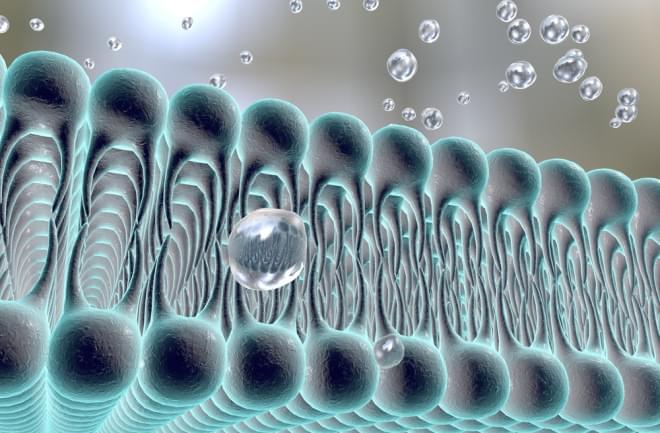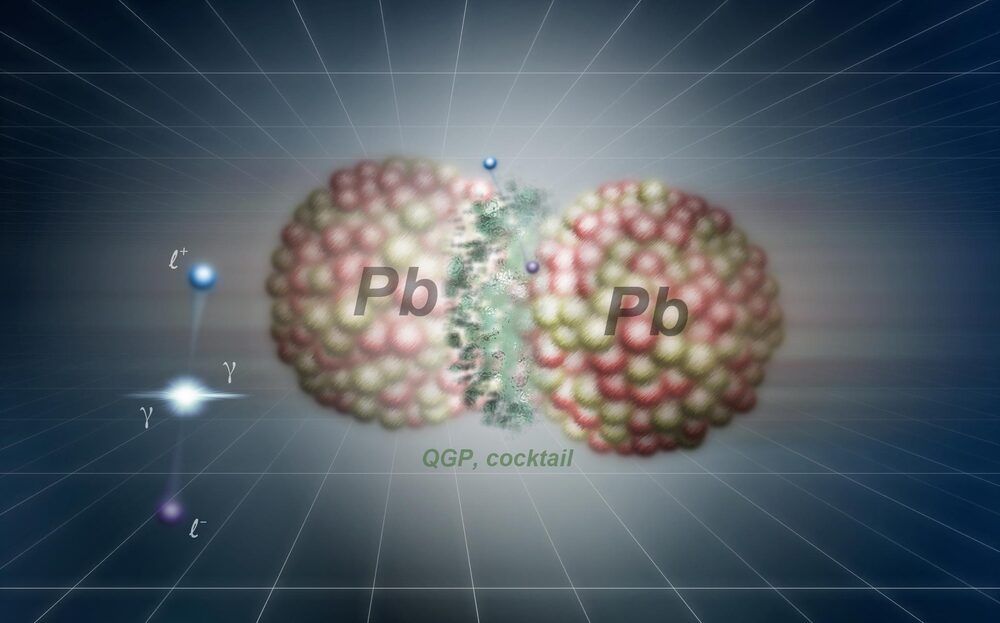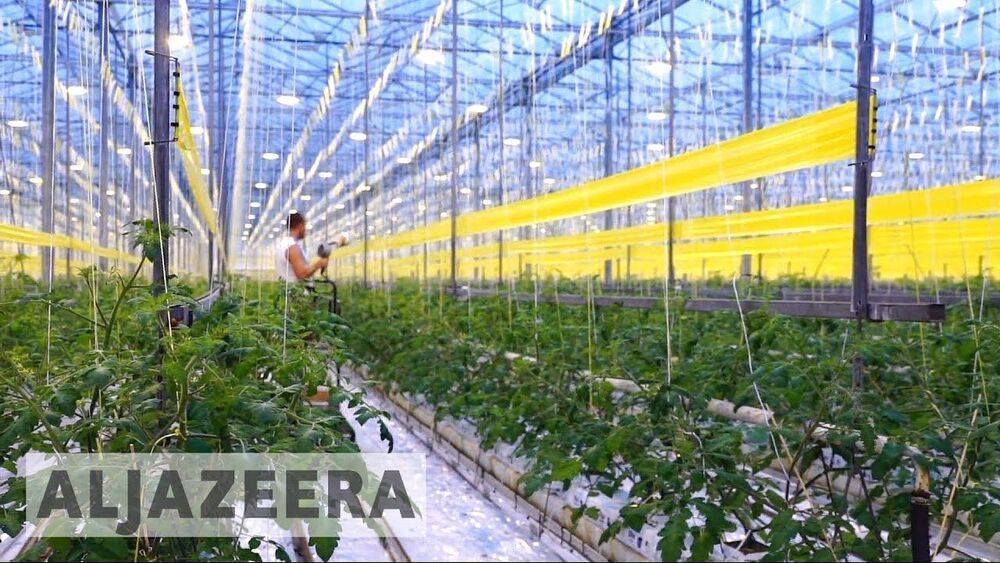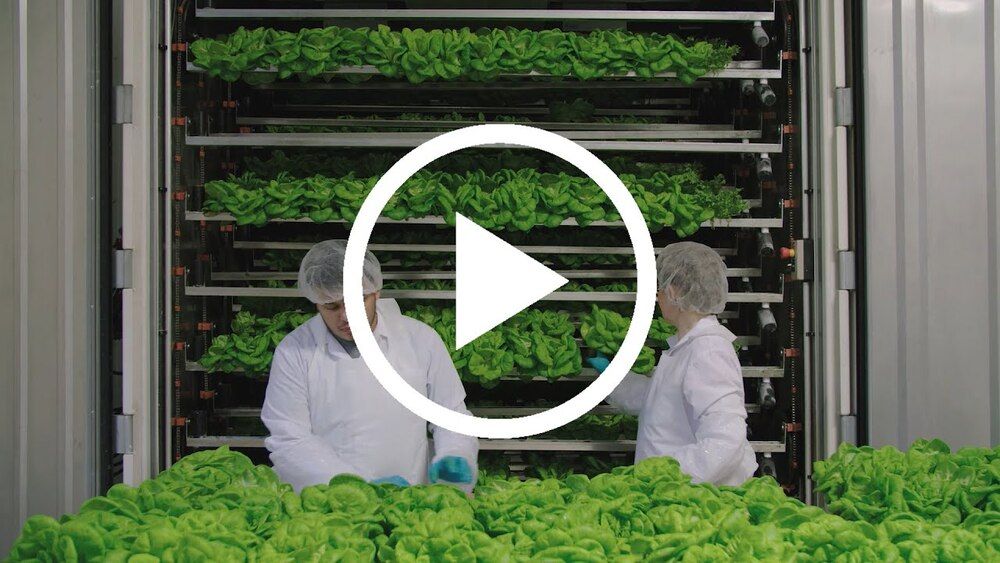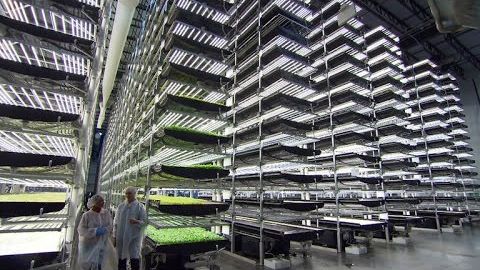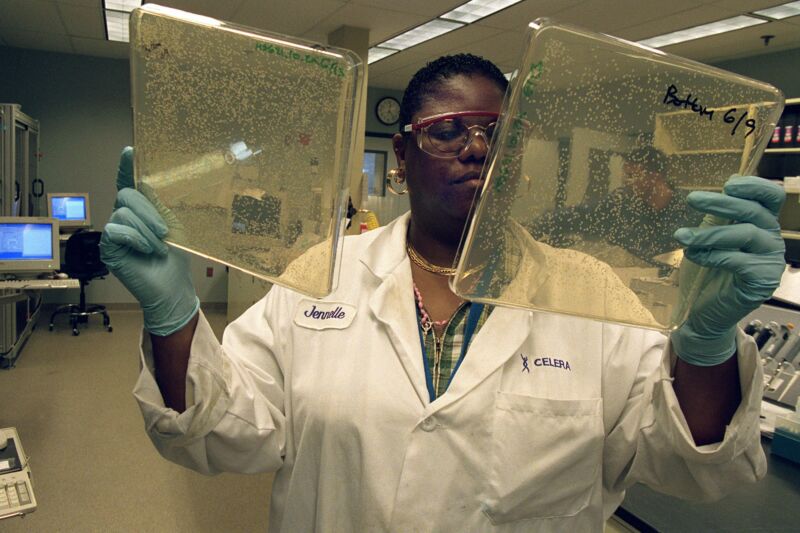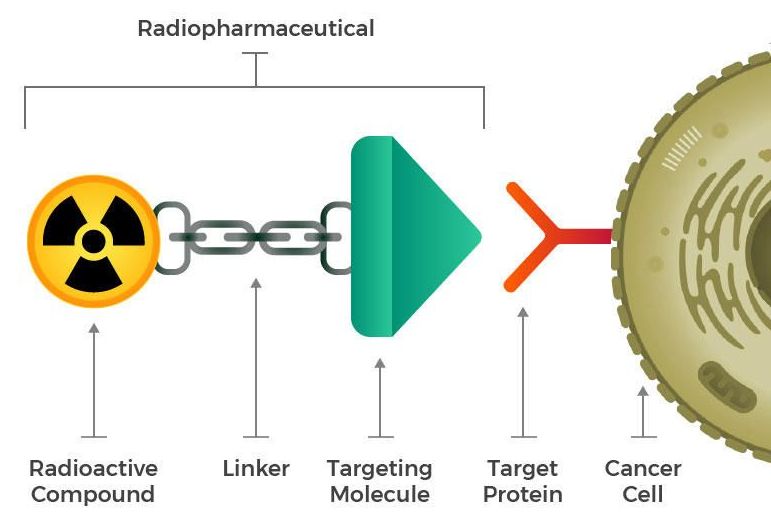All cells on Earth are made of phospholipid membranes. Now astronomers have found the component molecules in interstellar space.
One potential explanation is that the Earth was seeded from space with the building blocks for life. The idea is that space is filled with clouds of gas and dust that contain all the organic molecules necessary for life.
Indeed, astronomers have observed these buildings blocks in interstellar gas clouds. They can see amino acids, the precursors of proteins and the machinery of life. They can also see the precursors of ribonucleotides, molecules that can store information in the form of DNA.
But there is another crucial component for life – molecules that can form membranes capable of encapsulating and protecting the molecules of life in compartments called protocells. On Earth, the membranes of all cells are made of molecules called phospholipids. But these have never been observed in space. Until now.
